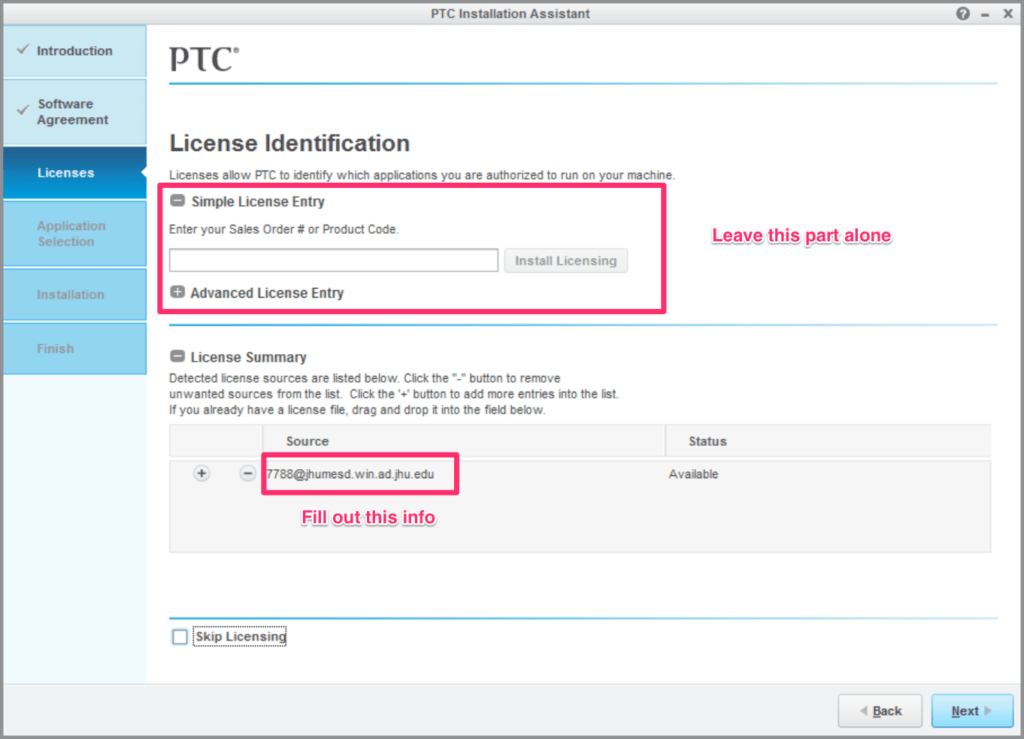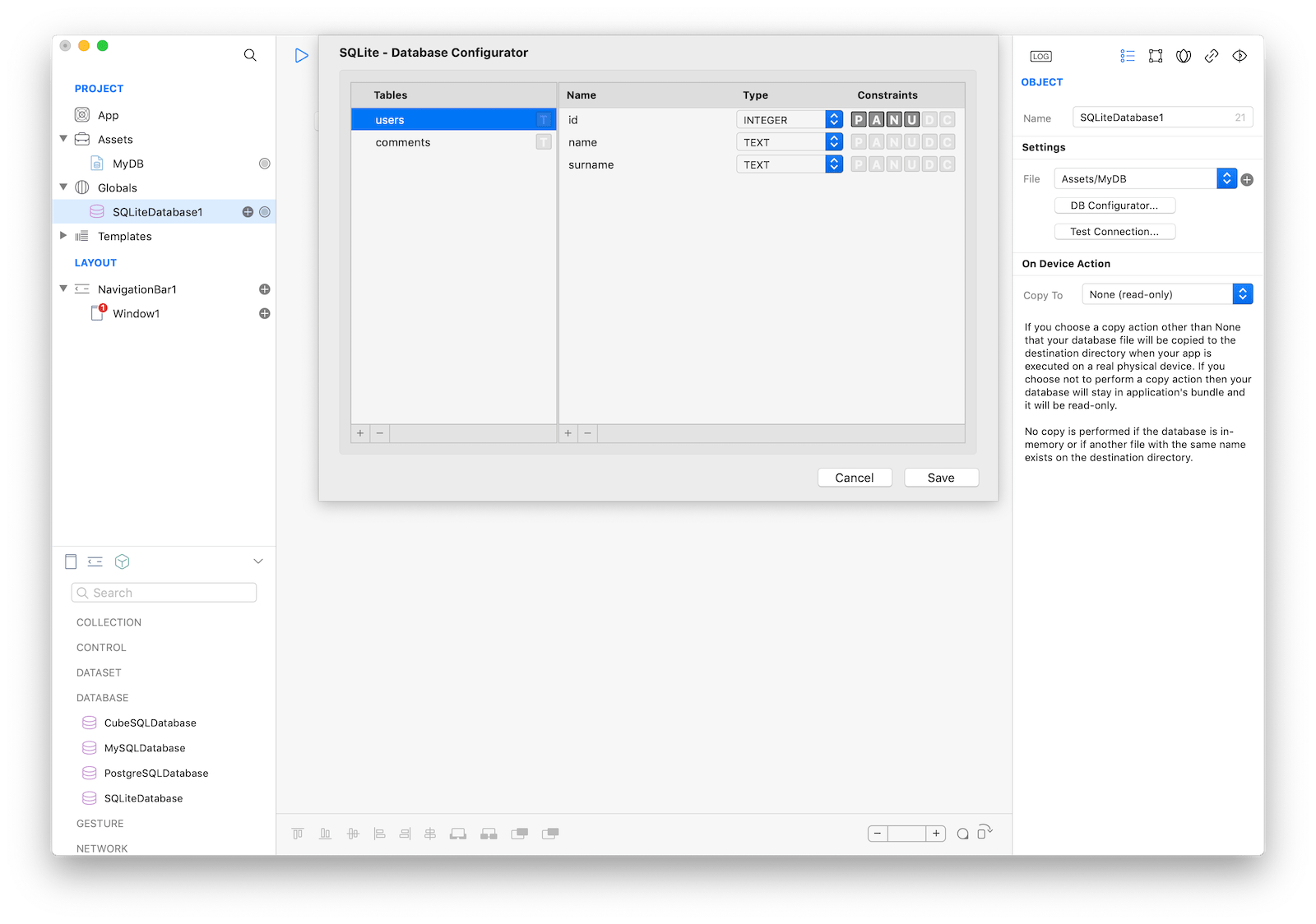

animation or 3d printing for marketing or other purposes.


When the modeling is finished, the output can be used for multiple purposes: The final stage is modeling, which is what it is – a transformation of a set of data into a single mathematical representation of a physical object via software. The second stage is where the level of detail is determined based on the purpose of the model usage, for example, when an existing object needs a model for service, the level of details should be reduced to the smallest spare part, excluding some bolts and parts that aren’t serviceable according to the existing procedures. Usually, this information is needed about the physical parameters of the product and its subparts: dimensions, materials, and mechanical relations with other parts. The input gathering is all about the obtaining all available information, which may be helpful for the modeling of a product. The creation of 3D models ironically consists of 3 main stages: input gathering, analysis, modeling and adjustment. Keel has created a small but elegant 3D-models library with the purpose of integration into product lifecycle management software. When a product is in the design stage, and there is no tangible object, an error which needs to be fixed won’t create life-threatening conditions for a person who is fixing it however, when an error occurs during the maintenance or service, the consequences may be devastating. Usage of 3D models during service and maintenance is more beneficial than its usage during design. ERP-integrated 3D models simplify identification and open an opportunity to educate personnel or remotely inform about the on-site state of the equipmentĪ 3D modeling allows easing of navigation and design by outsourcing visualization tasks to the computer to save cognitive resources of personnel which in its terms provides higher precision and accuracy of labor.


 0 kommentar(er)
0 kommentar(er)
